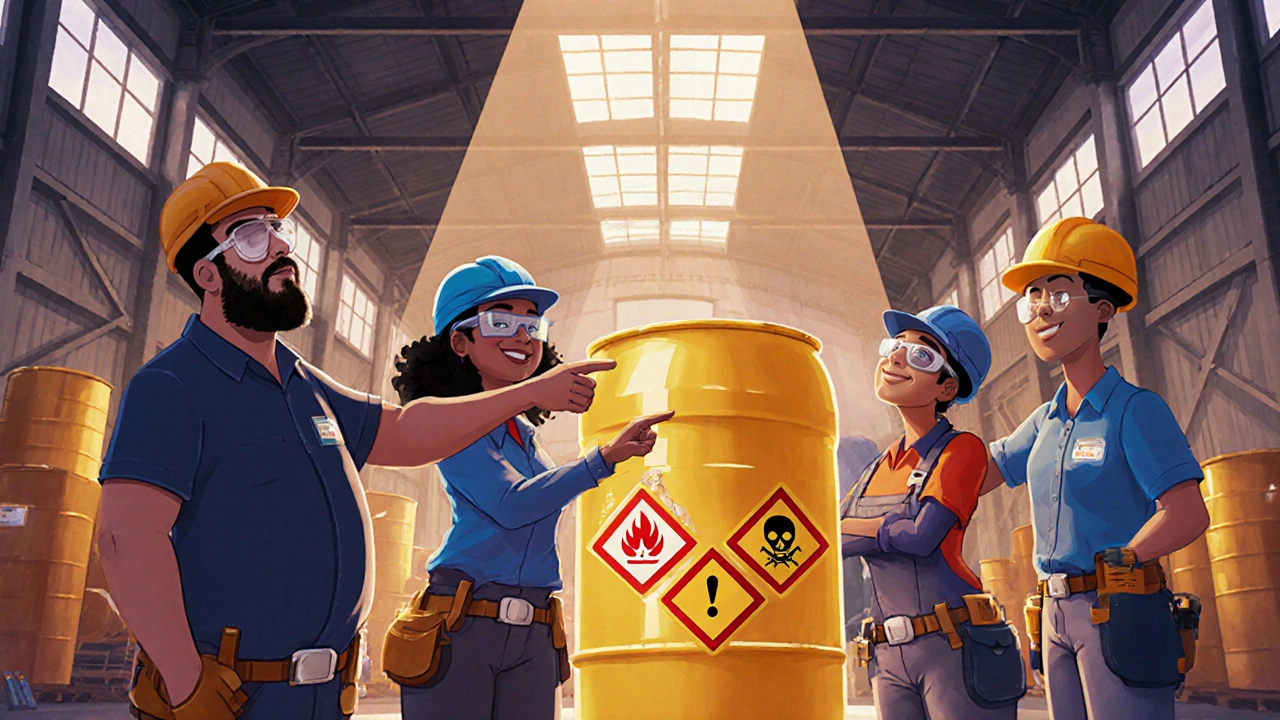Safety Protocols for Online Learning: Protect Students, Protect Your Course
When you run an online course, safety protocols, systematic rules and practices designed to protect learners from harm, harassment, or data exposure in digital learning environments. Also known as learning platform safety measures, they’re not optional—they’re the foundation of trust. If students don’t feel safe, they won’t stay. They won’t speak up. They won’t learn. And if your platform gets flagged for poor moderation or data leaks, your reputation tanks fast.
Safety protocols aren’t just about blocking bad actors—they’re about building a space where people feel seen and respected. That means clear community guidelines, written rules that define acceptable behavior, communication styles, and consequences for violations in online learning spaces. It means knowing how to handle hate speech, bullying, or doxxing before it escalates. It also means understanding content moderation, the active process of reviewing, filtering, and managing user-generated content to maintain a safe and productive learning environment. You can’t just hire someone to delete posts—you need systems. You need training. You need consistency.
And it’s not just about behavior. learning platform security, the technical and administrative controls that protect student data, course materials, and access from breaches, leaks, or unauthorized use is just as critical. If you’re collecting emails, payment info, or even discussion logs, you’re handling sensitive data. FERPA and CCPA aren’t suggestions—they’re legal requirements. Ignoring them isn’t negligence; it’s a liability. SOC 2 certification? It’s not just for big tech. If you want enterprise clients or serious students to trust you, you need to prove you take security seriously.
These pieces connect. Strong community guidelines reduce the need for heavy moderation. Good moderation reduces complaints and churn. Solid security builds trust that keeps students coming back. They all feed into each other. You don’t need a team of lawyers or IT experts to start. You just need to be intentional. Start with one rule. One policy. One tool. Then build from there.
Below, you’ll find real, practical guides from people who’ve built these systems—from crafting enforceable rules that students actually follow, to setting up automated moderation without losing the human touch, to making sure your platform doesn’t become a data breach headline. No theory. No fluff. Just what works.

Safety Training and Hazard Communication for Workplaces: What You Need to Know
Learn how effective safety training and hazard communication prevent workplace injuries. Understand OSHA requirements, GHS labels, SDS access, and real strategies that actually work on the job.